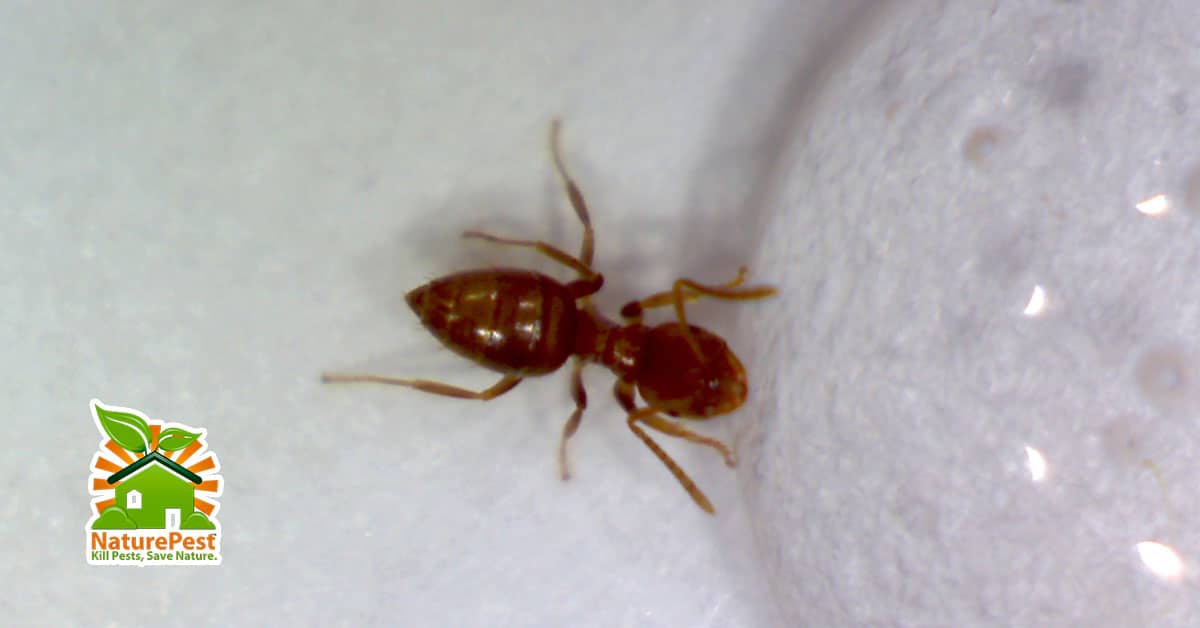Sucrose is a very palatable sugar in sugar ant control bait and to most sweet feeding ants and it is readily available and very cheap, it is used in many manufactured sugar ant bait also used are sucrose, fructose, glucose, and maltose, raffinose, and xylose.

Sugar Ant Bait Preferences
Since not all ant species prefer all types of sugars and have different feeding preferences during different seasons of the year. So what works so well in June in Miami and December will not in December in New York.
Not all ants prefer sugar, some prefer oil or proteins and some sugar feeding ants will change preferences throughout the year switching from glucose of fruit or honey dew to oils and protein of other insects.
The following studies reveal the secrets that professional pest control technicians understand to control ants with various products such as gel and granular baits
Bigheaded Ant Food Acceptability and Distribution within the Colony
Distribution of sugar, oil, and protein has been studied in big headed ant, Pheidole megacephala (Fabricius) using dye and also radioactive tracers amid mature castes and larvae of lab colonies.
Odorous House Ant Foraging Activity and Food Preferences
April and May when temperatures dropped under roughly 10 C, even no or little untoward action was detected. Nevertheless, in the summer when temperatures have been higher activity was larger during cooler times of night and the day. Results indicated no more seasonal changes from foraging ants in food taste; T sessile preferred protein and sugar advantages . Results indicated somewhat increased ingestion of sucrose solution at a rate of around 20 percent as well as different sugars analyzed (fructose, sugar, trehalose and maltose). The accession of NaCl to sucrose gel samples increased answers that were feeding. Lipids had been generally discounted by T. sessile as well as in the majority of situations decreased use of the sample. Various amino acids didn’t enrich responses and so were similar.
White-Footed Ants Bait And Toxicity Of Insecticides
Fructose was found to be significantly preferred by White Footed Ant over the nectar of Brownea sp., or other sugars, while, both the nectar and fructose of C. myricoides were significantly preferred over glucose and sucrose. Fructose was not significantly preferred over the mixture of the three sugars. 40% sucrose was the most preferred.
Assorted Nectar-Feeding Ant Community Preferences For Sugars And Amino Acids
Feeding choices of nectarivorous ants for amino acids and sugars were studied in an Australian rain forest using artificial saltwater options. Fifty-one ant species were listed feeding on the answers.







